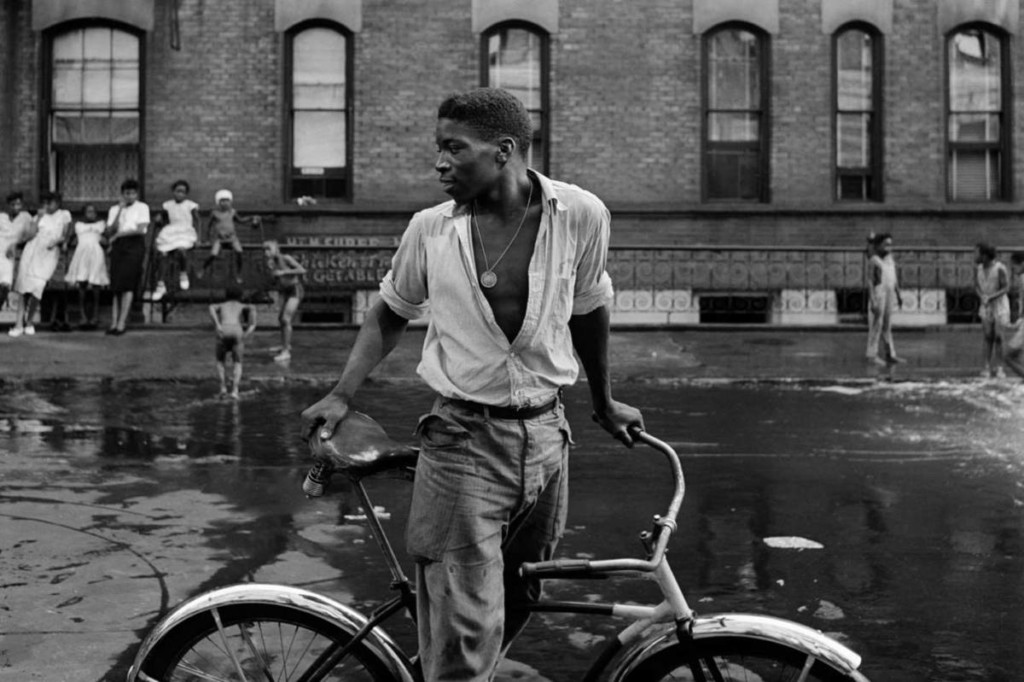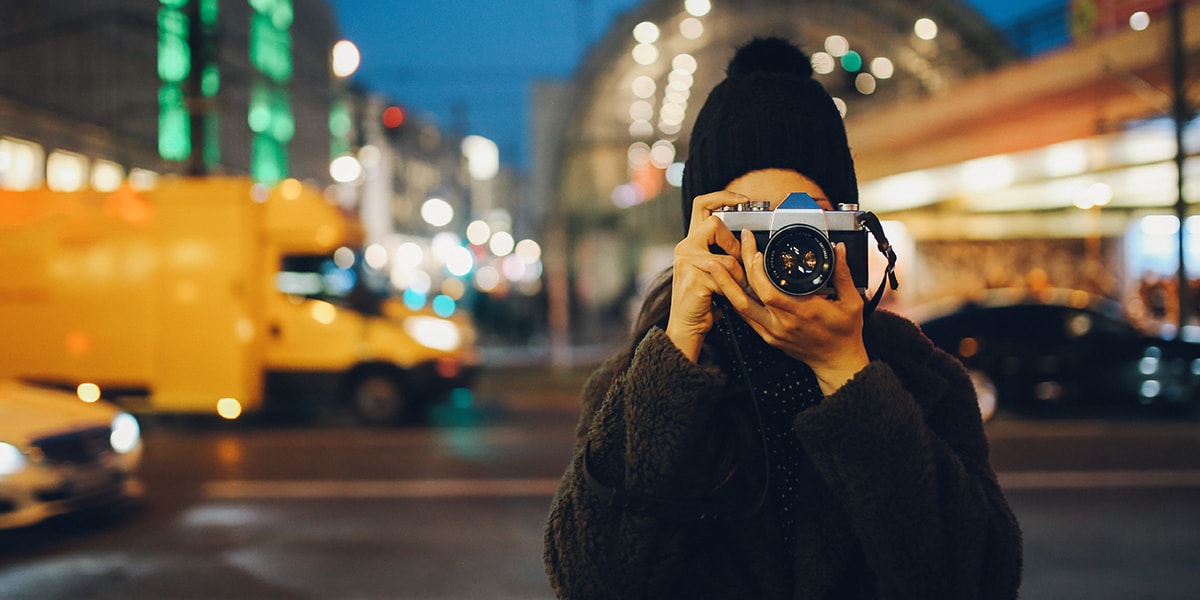Some Known Factual Statements About Framing Streets
Table of ContentsSome Known Questions About Framing Streets.The Framing Streets StatementsSome Known Incorrect Statements About Framing Streets The Only Guide for Framing StreetsIndicators on Framing Streets You Need To KnowThe Facts About Framing Streets Revealed
Photography style "Crufts Dog Program 1968" by Tony Ray-Jones Road digital photography (additionally occasionally called honest photography) is photography conducted for art or questions that includes unmediated possibility encounters and arbitrary occurrences within public places, usually with the aim of recording photos at a definitive or touching minute by mindful framing and timing. 
, that was motivated to undertake a similar documentation of New York City. As the city established, Atget helped to promote Parisian streets as a worthy topic for digital photography.

See This Report on Framing Streets
Martin is the very first videotaped photographer to do so in London with a masked camera. Mass-Observation was a social research organisation started in 1937 which intended to videotape day-to-day life in Britain and to videotape the reactions of the 'man-in-the-street' to King Edward VIII's abdication in 1936 to marry separation Wallis Simpson, and the succession of George VI. The principal Mass-Observationists were anthropologist Tom Harrisson in Bolton and poet Charles Madge in London, and their first report was generated as the book "May the Twelfth: Mass-Observation Day-Surveys read this post here 1937 by over 2 hundred viewers" [] Window cleaner at Kottbusser Tor, Berlin, by Elsa Thiemann c. 1946 The post-war French Humanist Institution photographers discovered their topics on the road or in the bistro. In between 1946 and 1957 Le Groupe des XV annually displayed job of this kind. Andre Kertesz. Circus, Budapest, 19 May 1920 Road digital photography formed the major web content of 2 exhibits at the Gallery of Modern Art (Mo, MA) in New york city curated by Edward Steichen, Five French Professional Photographers: Brassai; Cartier-Bresson, Doisneau, Ronis, Izis in 1951 to 1952, and Post-war European Digital Photography in 1953, which exported the concept of street digital photography worldwide.

All About Framing Streets
The recording machine was 'a surprise electronic camera', a 35 mm Contax concealed under his coat, that was 'strapped to the chest and attached to a long wire strung down the ideal sleeve'. His job had little contemporary influence as due to Evans' sensitivities concerning the originality of his task and the privacy of his topics, it was not published up until 1966, in the book Several Are Called, with an introduction created by James Agee in 1940.
Helen Levitt, then an educator of little ones, linked with Evans in 193839. She documented the temporal chalk drawings - photography presets that were component of youngsters's street society in New york city at the time, as well as the youngsters that made them. In July 1939, Mo, MA's new digital photography area included Levitt's work in its inaugural eventRobert Frank's 1958 publication,, was significant; raw and usually out of emphasis, Frank's photos examined conventional digital photography of the time, "challenged all the official guidelines set by Henri Cartier-Bresson and Pedestrian Evans" and "flew in the face of the wholesome pictorialism and genuine photojournalism of American publications like LIFE and Time".